Duchess of Milan, 1475-1497 —— A Study of the Renaissance
-----
During the last twenty years the patient researches of successive students in the archives of North Italian cities have been richly rewarded. The State papers of Milan and Venice, of Ferrara and Modena, have yielded up their treasures; the correspondence of Isabella d'Este, in the Gonzaga archives at Mantua, has proved a source of inexhaustible wealth and knowledge. A flood of light has been thrown on the history of Italy in the fifteenth and sixteenth centuries; public events and personages have been placed in a new aspect; the judgments of posterity have been modified and, in some instances, reversed.We see now, more clearly than ever before, what manner of men and women these Estes and Gonzagas, these Sforzas and Viscontis, were. We gain fresh insight into their characters and aims, their secret motives and private wishes. We see them in their daily occupations and amusements, at their work and at their play. We follow them from the battlefield and council chamber, from the chase and tournament, to the privacy of domestic life and the intimate scenes of the family circle. And we realize how, in spite of the tragic stories or bloodshed and strife that darkened their lives, in spite, too, or the low standard of morals and of the crimes and vices that we are accustomed to associate with Renaissance princes, there was a rare measure of beauty and goodness, of culture and refinement, of love of justice and zeal for truth, among them. As the latest historian of the Papacy, Dr. Pastor, has wisely remarked, we must take care not to paint the state of morals during the Italian Renaissance blacker than it really was.
{{comment.content}}

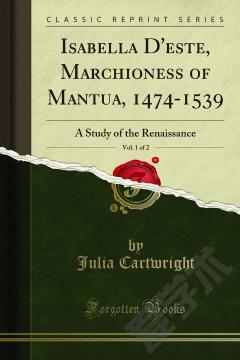
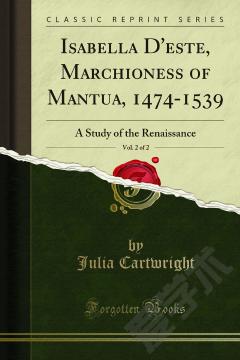
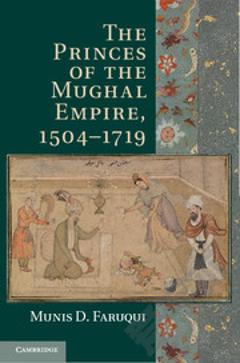
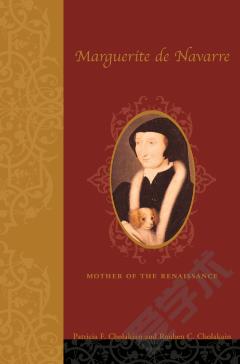

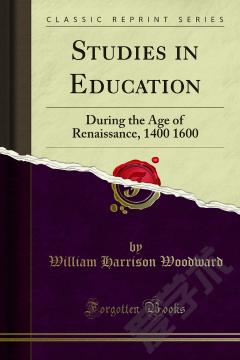

 京公网安备 11010802027623号
京公网安备 11010802027623号